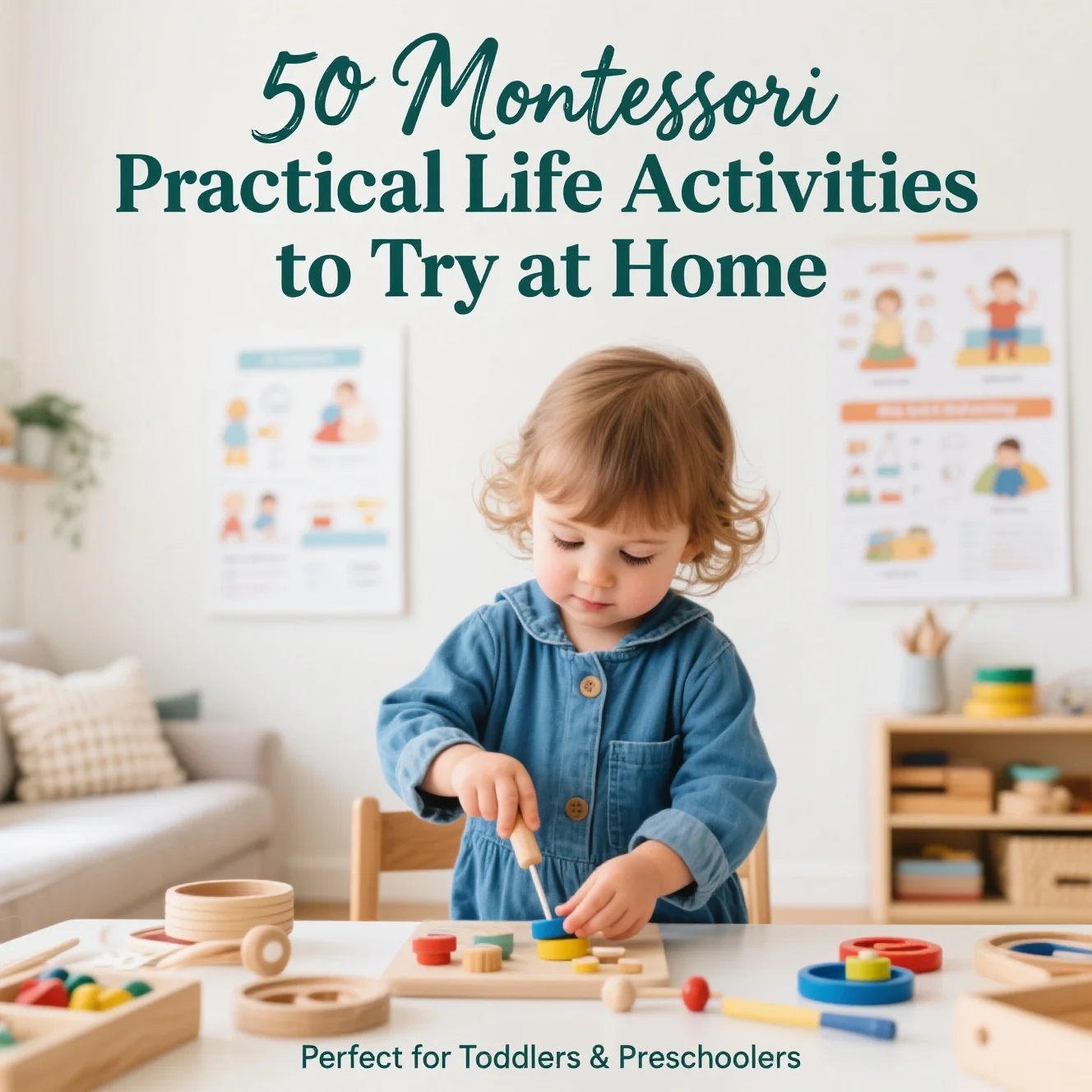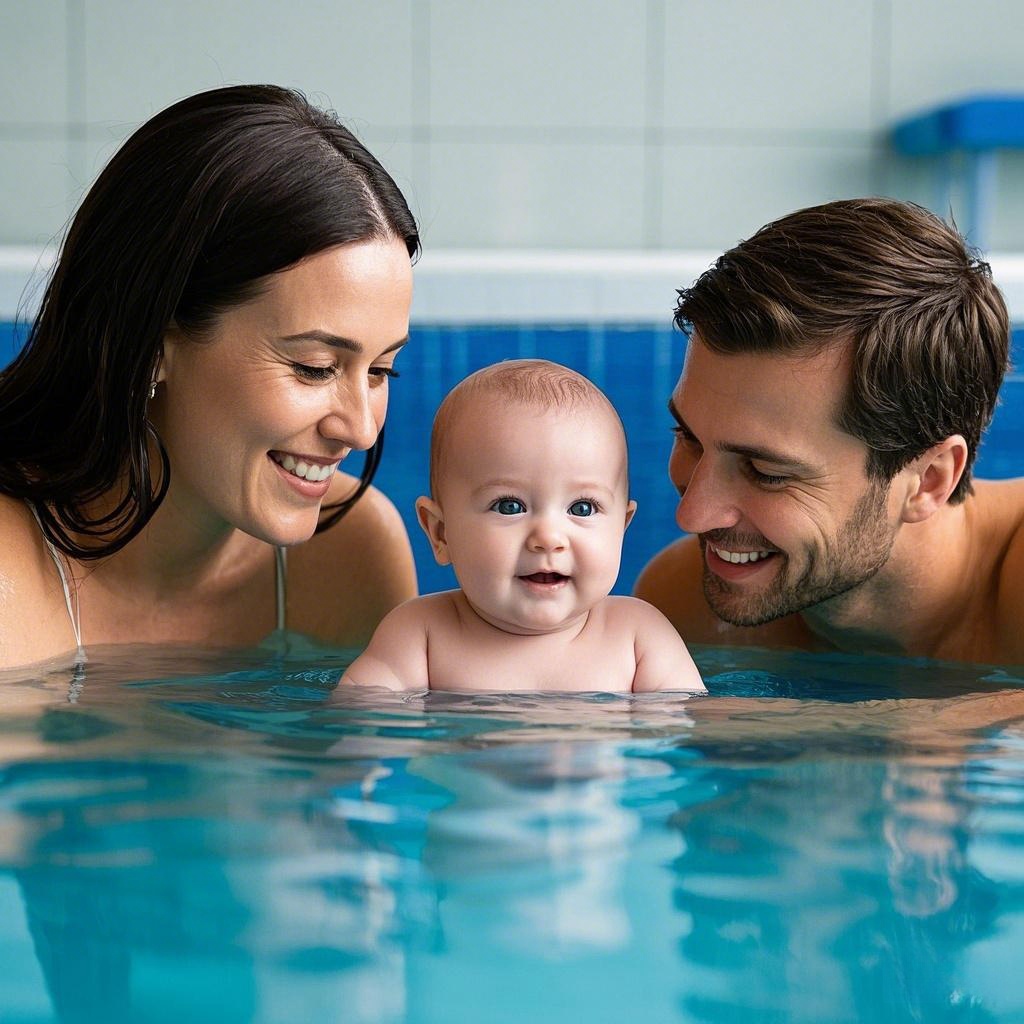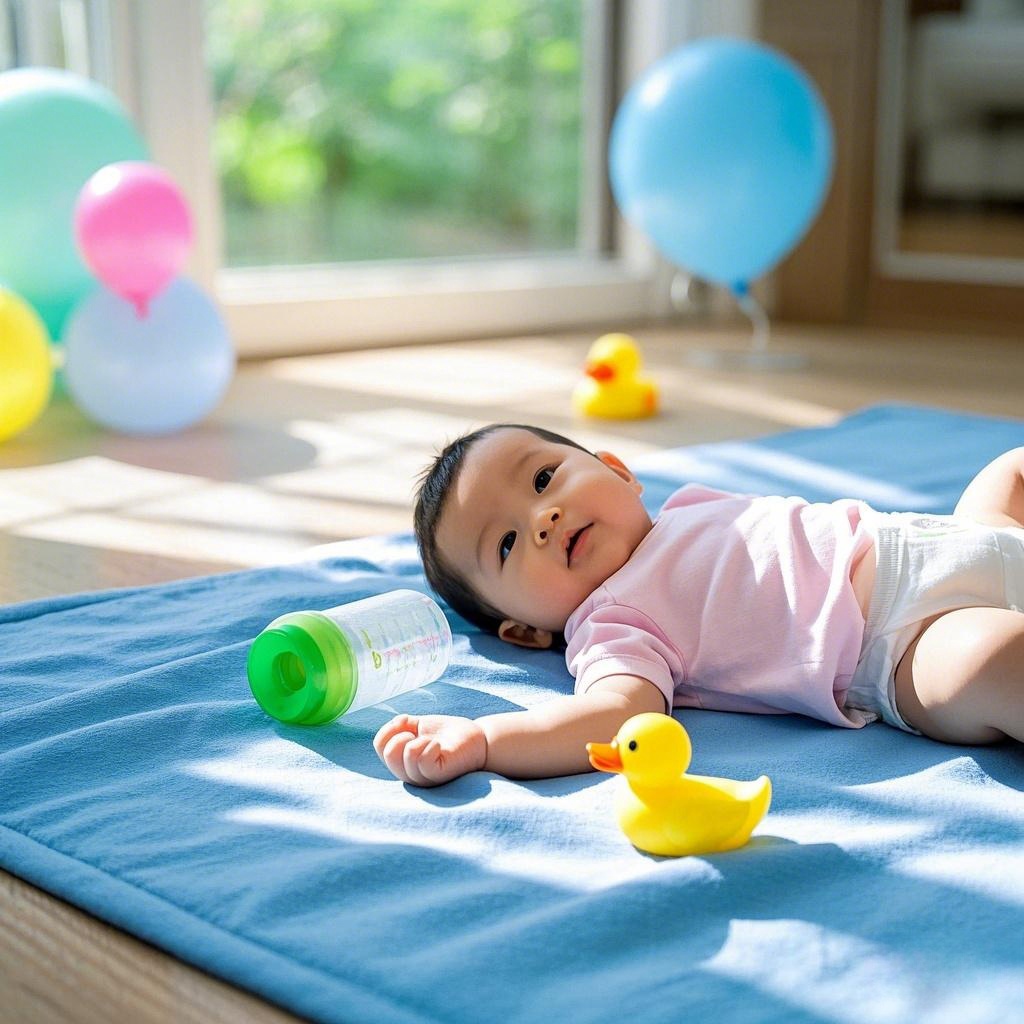For Toddlers, Preschoolers, and Primary-Aged Children
Have you ever watched your toddler insist on pouring their own water, or your preschooler proudly sweep up spilled rice with intense focus? These simple actions may seem mundane — but in Montessori education, they are the heart of something powerful.
Welcome to the world of Practical Life, a core part of Montessori that helps children build independence, confidence, coordination, and a deep sense of purpose.
In this article, we’ll introduce the principles behind Practical Life activities, share how you can create a supportive home environment, and give you 50 simple yet meaningful activities you can start today — organized by age.
👉 And yes, we’ve included a free downloadable PDF guide at the end of this post, so you can reference the full list anytime!
I. What Are Montessori Practical Life Lessons?
Who Is Maria Montessori?
Maria Montessori was an Italian physician and educator who developed a revolutionary approach to childhood learning. She believed that children learn best by doing, and that hands-on experiences shape the foundation for academic, emotional, and social growth.
What Is “Practical Life”?
“Practical Life” refers to real-world tasks that children observe and often want to imitate: pouring, sweeping, dressing themselves, preparing snacks, watering plants, etc. These aren’t just chores — they’re developmental goldmines.
Core Goals of Practical Life Activities:
- Independence – “I can do it myself!”
- Order – Understanding steps and routines
- Concentration – Focus on purposeful tasks
- Fine Motor Control – Strengthening hands and fingers
These lessons develop executive function skills — which lay the groundwork for future academic success and life readiness.
Why These Activities Work So Well at Home
Montessori isn’t limited to the classroom. In fact, home is the perfect place for Practical Life lessons because:
- Children feel safe and valued in a familiar environment
- You already have most materials on hand
- Routines like cooking, cleaning, and dressing naturally present learning moments
Age Group Breakdown
While children develop at their own pace, here’s a general guide for Practical Life readiness:
- Toddler (1–3 years): focus on simple, repetitive tasks (e.g., spooning, wiping spills)
- Preschool (3–5 years): multi-step routines (e.g., table washing, snack prep)
- Early Primary (5–7 years): increasing complexity and responsibility (e.g., plant care, sewing)
II. Getting Started: How to Prepare Your Home & Mindset
Montessori isn’t just about materials — it’s about intention and observation. Here’s how to begin.
Your Role as a Parent
Think of yourself as a:
- Observer: Watch what your child is interested in. What do they try to do on their own?
- Guide: Model slowly and clearly, then step back.
- Environment Preparer: Set up spaces where your child can act independently.
Tips for a Montessori-Friendly Home
- Use child-sized tools (mini brooms, small pitchers)
- Present materials on trays or baskets to define the task
- Offer real tools, not plastic imitations — kids feel more respected and engaged
- Limit toys in view; fewer choices encourage deeper engagement
Safety & Supervision
- Never leave your child alone with sharp or hot tools
- Keep cleaning supplies in locked areas if necessary
- Always supervise during early attempts — especially with scissors or peeling tools
Observing Interest & Readiness
Every child has a “sensitive period” where they are especially drawn to certain types of work. Pay attention to:
- What they try to do without help
- What they repeat over and over
- What brings them joy or frustration
Let these clues guide your choices.
🎁 Download the Full Guide (50 Practical Life Lessons!)
Ready to explore all 50 activities — tailored to toddlers, preschoolers, and early primary kids?
👉 Click below to download your free printable PDF:
[📥 Download: 50 Montessori Practical Life Lessons You Can Do At Home (PDF)]
Print it. Post it on your fridge. Use it as inspiration every day.
Because with the right mindset and a bit of preparation, your home can become the most meaningful classroom your child will ever know.





